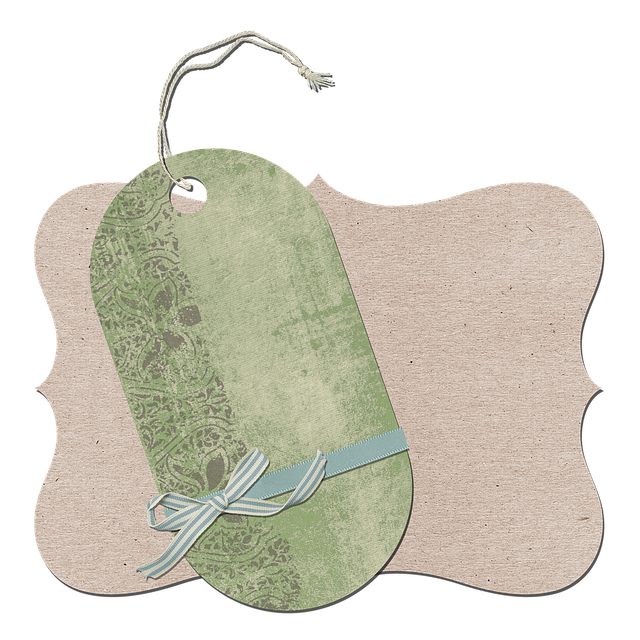Skin tags, caused by friction, hormones, and genetics, can be managed through lifestyle changes like weight management and avoiding irritants. While at-home remedies exist, professional Glasgow Tag Removal services offer safer options like cryotherapy or laser removal. Post-removal, maintaining skin health involves gentle care, protection from triggers, and regular dermatological check-ups to prevent recurrence.
Skin tags, those harmless yet often unsightly growths, can be a persistent issue. This article guides you through a comprehensive approach to prevent and manage skin tags. We explore the underlying causes, from friction to genetics, offering practical tips for effective prevention. For those seeking removal options in Glasgow, we compare at-home remedies and clinic procedures. Additionally, long-term care advice ensures your skin remains healthy post-removal. Discover the secrets to keeping skin tags at bay and bid them adieu for good, with a focus on trusted Glasgow tag removal methods.
- Understanding Skin Tags and Their Causes
- Effective Prevention Strategies for Recurrent Tags
- Safe Removal Methods at Home and in Glasgow Clinics
- Long-term Care and Maintenance Tips After Tag Removal
Understanding Skin Tags and Their Causes
Skin tags, also known as acrochordons, are small, soft skin growths that typically appear in areas where skin rubs against itself, such as the neck, armpits, or groin. They are generally harmless and often painless but can be a nuisance due to their visibility and tendency to recur. Understanding what causes these tags is the first step in preventing their reoccurrence.
The primary cause of skin tags is friction and irritation, which stimulate the growth of extra skin cells. This process involves a combination of genetic predisposition and hormonal influences. Certain factors contribute to their development, including obesity, diabetes, and insulin resistance. In Glasgow Tag Removal cases, where individuals seek professional help, experts often recommend maintaining a healthy weight, practicing good hygiene, and avoiding activities or clothing that exacerbate friction in vulnerable areas to minimize the chances of skin tag formation and recurrence.
Effective Prevention Strategies for Recurrent Tags
Skin tags, while often harmless, can be unsightly and recurrent appearances may cause concern. To effectively prevent future occurrences, a multi-pronged approach is key. One crucial strategy involves maintaining good hygiene practices, ensuring skin is cleaned gently but thoroughly. Regular exfoliation helps remove dead skin cells, reducing the chances of tag formation. Additionally, staying hydrated by drinking enough water can keep skin supple and healthy.
Beyond personal care, adopting lifestyle changes makes a significant difference. Losing weight if needed, as excess weight can contribute to skin tags, is beneficial. Wearing loose-fitting clothing also helps prevent friction against the skin, known to trigger tag development. In cases where skin tags persist despite these measures, consulting a specialist for safe and effective Glasgow Tag Removal procedures is advised.
Safe Removal Methods at Home and in Glasgow Clinics
When it comes to skin tag removal, there are both at-home methods and professional treatments available in Glasgow clinics. Safe and effective removal techniques are essential to prevent recurring tags, as rough or unsterile methods can lead to irritation or even infection.
At-home remedies often involve using over-the-counter medications or natural oils, such as duct tape or apple cider vinegar. While these methods may be convenient, they might not be suitable for all skin types and can result in discomfort or scarring if not applied correctly. Glasgow’s dermatology clinics offer a range of professional treatments, including freezing (cryotherapy), cutting (excision), or laser removal. These procedures are carried out by trained specialists who use sterile equipment, ensuring a safer and more reliable outcome, especially for those with sensitive skin or recurring tag issues.
Long-term Care and Maintenance Tips After Tag Removal
After undergoing Glasgow Tag Removal procedures, it’s crucial to implement long-term care and maintenance practices to prevent recurring skin tags. Regular cleansing and gentle exfoliation are essential steps in keeping the treated areas clean and healthy. Avoid harsh scrubs or products that may irritate the skin, as this can lead to further complications. Moisturizing is another critical aspect; using a mild, fragrance-free moisturizer daily helps maintain skin elasticity and prevents dryness, which could encourage new tags to form.
Additionally, protecting your skin from friction and direct sunlight is vital. Friction can cause irritation and potentially trigger tag development, so consider wearing loose clothing or using bandages during activities that may create friction on the treated areas. Sun exposure should also be limited as UV rays can contribute to skin damage and tag recurrence. Regular check-ups with a dermatologist are recommended to monitor any changes and ensure optimal skin health.
Preventing skin tags from recurring is key to maintaining a smooth, tag-free complexion. By understanding the causes and implementing effective prevention strategies, you can significantly reduce their reoccurrence. For those seeking professional help, Glasgow Tag Removal clinics offer safe and efficient removal methods. Post-removal care, including regular cleansing and moisturization, ensures long-term health and reduces future growths. Combining these practices fosters a robust skincare routine, helping to manage and prevent skin tags for lasting results.
